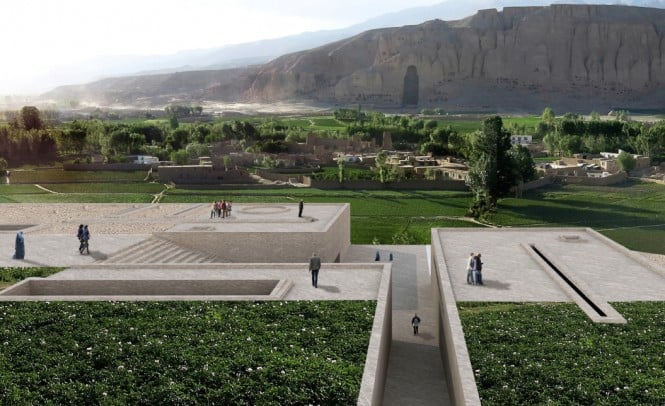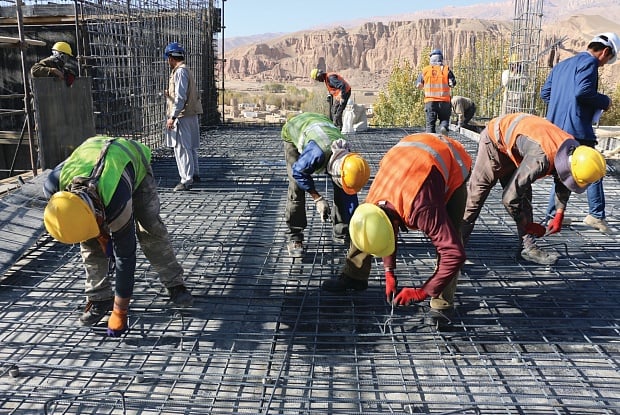Art World
UNESCO Builds Cultural Center at the Site of Destroyed Bamiyan Buddhas
UNESCO will soon decide whether the Buddhas should be rebuilt.

UNESCO will soon decide whether the Buddhas should be rebuilt.

Sarah Cascone

A planned cultural center at the site of the lost Buddhas of Bamiyan, in Afghanistan, destroyed by the Taliban in 2001, is underway thanks to the United Nations Educational, Scientific, and Cultural Organization (UNESCO), reports the Art Newspaper.
The 174- and 115-foot-tall Buddhas may be gone, but the Cultural Landscape and Archaeological Remains of the Bamiyan Valley remain an important World Heritage Site.
The planned Bamiyan Cultural Centre will feature two gallery spaces for Afghan archaeology, a performance hall, and a tea house, with a projected cost of $2.5 million, funded by the government of South Korea. An additional $1.5 million from the Afghan ministry of urban development and housing will go toward the creation of a garden.

Construction at the Bamiyan Cultural Centre. Courtesy of Ghulam Reza Mohammadi/UNESCO, Kabul
It’s possible that Buddhas, too, may ultimately be part of the plan. UNESCO was quick to condemn an 2013 attempt at reconstruction, but the Afghan government is hopeful at least one of the historic statues can be rebuilt. Conservation of the niches that formerly held the statues remains a paramount concern, and UNESCO is reportedly expected to give a final recommendation on the issue of reconstruction in October.
UNESCO held a design competition for the site in 2014 that attracted over 1,000 entries. The winning proposal, titled “Description Memory: The Eternal Presence of Absence,” came from M2R Arquitectos. The Argentinian architectural firm described its plan in a statement as “not an object-building but rather a meeting place, a system of negative spaces where the impressive landscape of the Buddha Cliffs interacts with the rich cultural activity that center will foster.” Rather than building up, the project will carve building space out of the ground.
According to UNESCO, “the purpose of the project is to promote heritage safe-guarding and cross-cultural awareness, and thereby contribute to the broader aims of reconciliation, peace-building, and economic development in the country.”